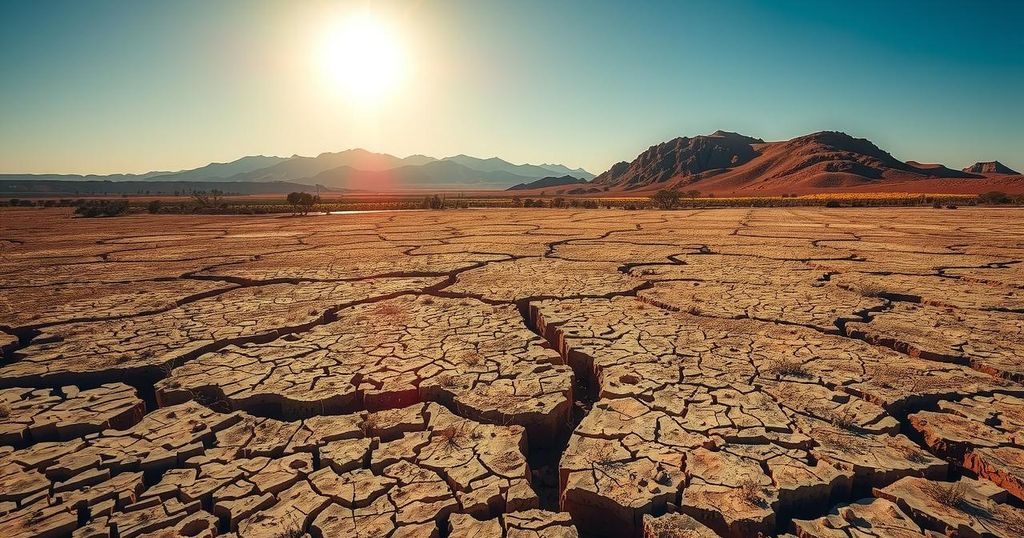Climate change
AFRICA, BEN ISSA OUSSENI, BRIT, CLIMATE, CLIMATE CHANGE, COMOROS, COMOROS ARCHIPELAGO, CYCLONE CHIDO, DÉPARTEMENT D ’ OUTRE - MER DE MAYOTTE, DEPARTMENT OF, DZAOUDZI, EMMANUEL MACRON, EUROPE, EUROPEAN UNION, FRANCE, FRANCOIS - XAVIER BIEUVILLE, FRANÇOIS - XAVIER BIEUVILLE, GRANDE TERRE, INDIAN OCEAN, MADAGASCAR, MAMOUDZOU, MAYOTTE, MAYOTTE ISLAND, MOZAMBIQUE CHANNEL, OUTRE - MER DE MAYOTTE, OVERSEAS DEPARTEMENT, OVERSEAS DEPARTMENT OF MAYOTTE, PAMANDZI, PETITE TERRE, TOURISM, U. S, WEATHER FORECAST
Leila Ramsay
0 Comments
Mayotte: An Overview of the French Overseas Department and Its Challenges
Mayotte, an overseas department of France, is the poorest territory in France and the EU, located in the Indian Ocean. The island has a diverse cultural history, a significant Muslim population, and relies on a struggling economy primarily supported by French aid. In March 2011, it achieved official departmental status, and recent calamities such as Cyclone Chido have highlighted ongoing humanitarian needs.
Mayotte is an overseas department of France located in the Comoros archipelago, specifically the two southeasternmost islands. It is characterized as the poorest territory within both France and the European Union. The island is situated in the Mozambique Channel and is approximately 190 miles northwest of Madagascar, with its capital, Mamoudzou, positioned on the eastern coast of the main island, also referred to as Grande Terre. Mayotte encompasses an area of 144.5 square miles.
The geography of Mayotte features a volcanic mountain range that runs north-south, with elevations ranging from 1,600 to 2,000 feet. Surrounding coral reefs establish protected waters for shipping and fishing. The island experiences a warm maritime climate, with average monthly temperatures between 75 °F and 81 °F, coupled with an annual rainfall of around 200 inches. The lush vegetation consists primarily of evergreen tropical forests.
Governance in Mayotte is under a French-appointed prefect and a local elected Departmental Council. The current prefect is François-Xavier Bieuville, while the President of the Departmental Council is Ben Issa Ousseni. The island has an estimated population of 338,100 as of 2025, with the President of France, Emmanuel Macron, serving as the head of state. French is the official language, and the population is predominantly Sunni Muslim, with a small Roman Catholic minority.
Mayotte’s economy largely relies on the service sector for employment, including health services and telecommunications. Agriculture exists mainly in the central and northeastern regions, with cash crops such as vanilla, ylang-ylang, and coffee. The main exports include ylang-ylang extract and farmed fish, while food products and machinery constitute the primary imports. The economy is significantly supported by French aid, with metropolitan France as its major trading partner.
Historically, Mayotte has been influenced by various cultures, including Arab and French. Following the invasion by Arabs in the 15th century, the island was visited by Portuguese and French merchants in the 16th century, and it later came under French colonial control in 1843. Mayotte opted to remain under French governance while the other islands of the Comoros declared independence in 1975.
The push for higher administrative status culminated in a referendum in 2009 where 95 percent of voters supported becoming an overseas department, a status that was achieved in March 2011. Despite its association with France, Mayotte remains economically disadvantaged, and many live in substandard conditions, exacerbated by natural disasters. In December 2024, Cyclone Chido severely impacted the island, displacing a significant portion of the population and positioning urgent needs for recovery and assistance.
In summary, Mayotte is a unique overseas department of France situated in the Indian Ocean, characterized by its socio-economic challenges despite French governance. The island’s history reflects a blend of cultural influences, and its population faces ongoing struggles with poverty and vulnerability to natural disasters. Recent events, including Cyclone Chido, have underscored the pressing need for humanitarian aid and infrastructure improvement.
Original Source: www.britannica.com




Post Comment